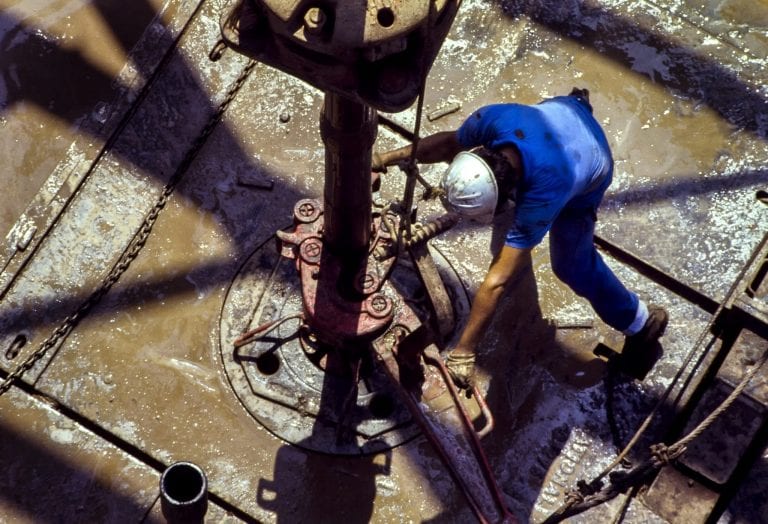
For the second time this winter, the state’s natural gas supply chain was tested and performed as needed to keep heating and lights on for millions and millions of Texans.
Winter Storm Mara swept through Midland, the Dallas-Fort Worth area, and into San Antonio, covering several gas production basins in the state. The key elements of gas supply – production, pipeline transportation, and underground storage – all performed up to par during the arctic blast.
Texas’ daily onshore gas production, for example, averaged more than 25 billion cubic feet (Bcf) per day from January 31 to February 2. As shown in the chart below, that exceeded the daily average seen during Winter Storm Elliott in late December, and the daily production gas production of all last winter.
The state’s underground storage facilities had an estimated 392.4 billion cubic feet (Bcf) of natural gas as of January 2023. In addition, pipeline operators packed the pipeline system with natural gas ahead of the storm.
All told, there was more than enough gas to meet the demand during Mara. According to data from S&P Global natural gas demand for residential and commercial heating peaked at 4.23 Bcf and demand for electricity generation peaked at an estimated 6.46 Bcf for power generation, both on January 31.
The RRC does not regulate the price of natural gas, but it should be noted that there were no unusual spikes in prices with the cash basis market price averaging below $3 per MMBtu at the Waha trading hub in West Texas during Mara. Market data suggests that the price actually declined by $0.60 per MMBtu on February 1 indicating strong supply in the region.
The Commission has been committed to ensuring the delivery of natural gas to protect Texans this winter, and we will continue that work to ensure peace of mind for residents.
For more information, please visit www.rrc.texas.gov.
Source: Railroad Commission of Texas






